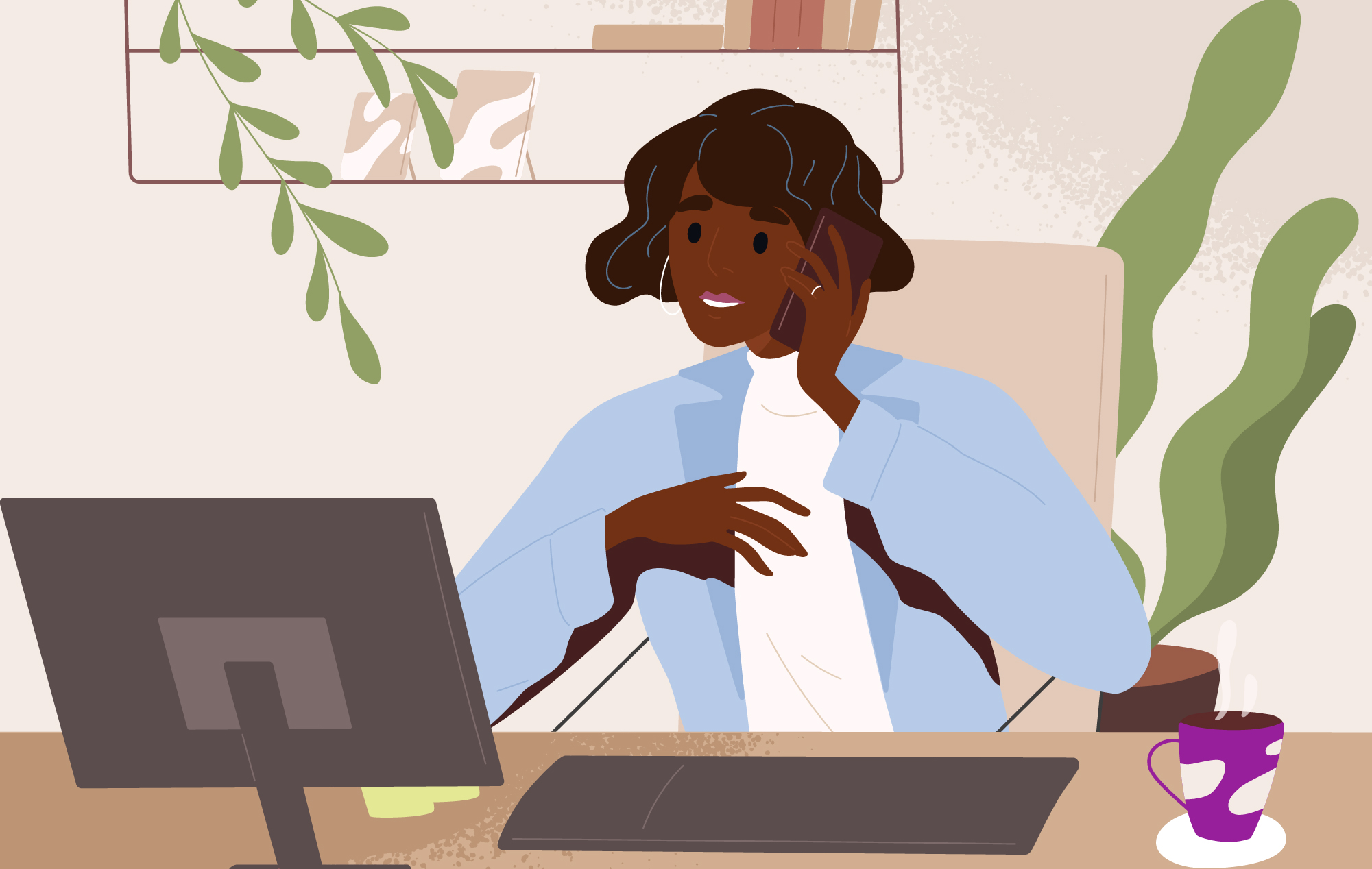If you’re designing a new website, upgrading a previous version or developing other digital assets, it’s imperative that every decision is centered around accessibility. Making it a core tenet of your design principles will increase the likelihood that your products can be used by anyone, especially the diverse community of people with disabilities.
That education and implementation is especially important for people with speech and language disorders, who now contend with increasingly ubiquitous voice-based technologies, among other digital tools.
Some of the most common barriers include exclusively utilizing an organization’s phone number for assistance over text-based contact fields for communication purposes, and site’s that rely too heavily on voice-only prompts. As with most disabilities, there’s a variety of speech and language disorders that make it difficult for people to fully participate in the digital world.
To improve accessibility, the Web Content Accessibility Guidelines (WCAG) provide a set of standards and technical requirements to make your online content more accessible for people with various kinds of disabilities.
A Brief Introduction to the WCAG
WCAG guidelines are at the forefront of the work being done by the World Wide Web Consortium (W3C), which develops international standards for website design and accessibility. Importantly, WCAG provides guidelines and informational materials to help organizations and website designers understand and implement accessibility improvements on their own.
WCAG is primarily intended for web content and tool developers, but can be utilized by anyone looking for a standard for web accessibility, including for mobile devices. It is essentially a step-by-step set of technical requirements describing how to make your website, apps or other digital properties more accessible to people with a variety of disabilities, across a wide range of digital platforms.
Specific Guidelines & Standard Practices for Website Accessibility
People with speech and language disorders may have an inability to produce speech sounds or may be disfluent in their speech. They may also have another disability that involves difficulty with mobility and hearing or learning and processing information.
Digital content should follow the same input design considerations for speech difficulty as for blindness, low vision, motor disabilities, auditory disabilities, and cognitive disabilities, by ensuring text-based alternatives are provided for any voice-based communication methods.
According to WCAG, here are some steps you can take to improve web accessibility for people with speech and language disorders:
- Create alternative texts (also known as “alt text”) for all non-text elements
- Provide access to all functions from a keyboard
- Provide readable and understandable text content
- Make sure each site page can be navigated in a predictable, consistent way
- Ensure users have the chance to correct any errors
- Give users enough time to read content
- Make all video and multimedia elements accessible
- Minimize the use of tables
- Ensure users can contact your organization using text
And while there aren’t many guidelines that specifically address speech and language disorders, the Web Accessibility Initiative (WAI), led by W3C, the same organization responsible for setting the WCAG, is considering introducing a new rule ensuring audio element content has a text alternative option.
Why Web Developers Should Prioritize Digital Inclusion Strategies
There are plenty of reasons for an organization or web content developer to consider maximizing their accessibility and inclusion strategy. Beyond it being a moral imperative, improving accessibility means you’re opening up your business or organization to a larger segment of the public. It goes without saying that ensuring that everyone can view, and interact with your website and content is vital to an organization’s success. If your site or platform creates obstructions and limitations, it can severely impact how people view your product, services, or the organization as a whole.
Assessing the needs of those with speech and language disorders will help ensure that your site is functionally inclusive and usable for these communities.
To learn more about improving web accessibility, visit our resource directory for an extensive list of tools and services.






Leave a Comment